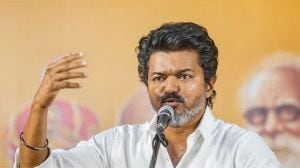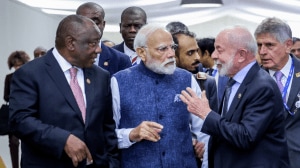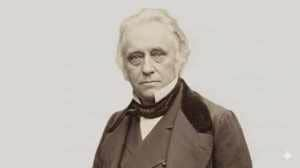The BJP and Rashtriya Swayamsevak Sangh (RSS) credited the Narendra Modi wave and the work of their booth-level teams for the landslide victory in the state. The BJP’s best-ever performance so far has been 58 seats in 1998.
For the first time RSS established parallel teams and coordinators in 80 Lok Sabha and 403 Assembly constituencies. It also appointed a two-member committee at all 1.40 lakh booths across the state.

RSS workers conducted door-to-door campaigns. At Varanasi, where Narendra Modi won with huge margin, workers of Vishwa Hindu Parishad and Bajrang Dal formed separate teams to distribute akshat (turmeric coated rice grains).
BJP state co-incharge Sunil Bansal, who looked after election management in UP on behalf of general secretary incharge Amit Shah, said that the Modi wave along with the ground level work of RSS, booth level committees of BJP, balanced social equations in ticket distribution and well planned campaign were the key factors in party’s win. RSS stood with BJP at every step, he added.
Bhupendra Singh, president of BJP’s western UP region, said strategic formation of booth level committees — Amit Shah’s brainchild — set the ground for BJP’s win. In 2009 BJP won only two seats — Ghaziabad and Meerut.
Former Army Chief VK Singh in Ghaziabad and ex-police commissioner of Mumbai Satyapal Singh — contesting his first elections from Baghpat — secured more than six lakh votes. Mayawati — who was predicting that her party would hold the balance of power in Delhi — and Rashtriya Lok Dal (RLD) failed to win even a single seat. While RLD chief Ajit Singh lost in Baghpat, his son Jayant Chaudhary met the same fate in Mathura.
BJP’s Swami Sachidanand Hari Sakshi Maharaj in Unnao, Lallu Singh in Faizabad, Rajveer Singh in Etah, Dharmendra Kashyap in Aonla, Kaushal Kishore in Mohanlalganj (reserved), Daddan Mishra in Shrawasti and Bharat Singh in Ballia, were in a position to win with a huge margin. They had lost the Assembly elections in 2012.
Story continues below this ad
RSS’s Pracharak Pramukh of western UP, Krishna Chandra, said, “Modi’s personality influenced voters. New voters wanted change and Modi was their only option.”
RSS Pracharak and BJP’s organisation secretary in Kashi region Shiv Kumar Pathak said, “People found Modi to be the best option against Congress’s misrule. RSS work increased voter turn-out in BJP’s favour.”
RSS’s Prant Pracharak Dr Avdhesh Pratap Singh said, “RSS and BJP had jointly projected Modi as prime ministerial candidate. RSS workers also popularised Modi’s development model.”
































